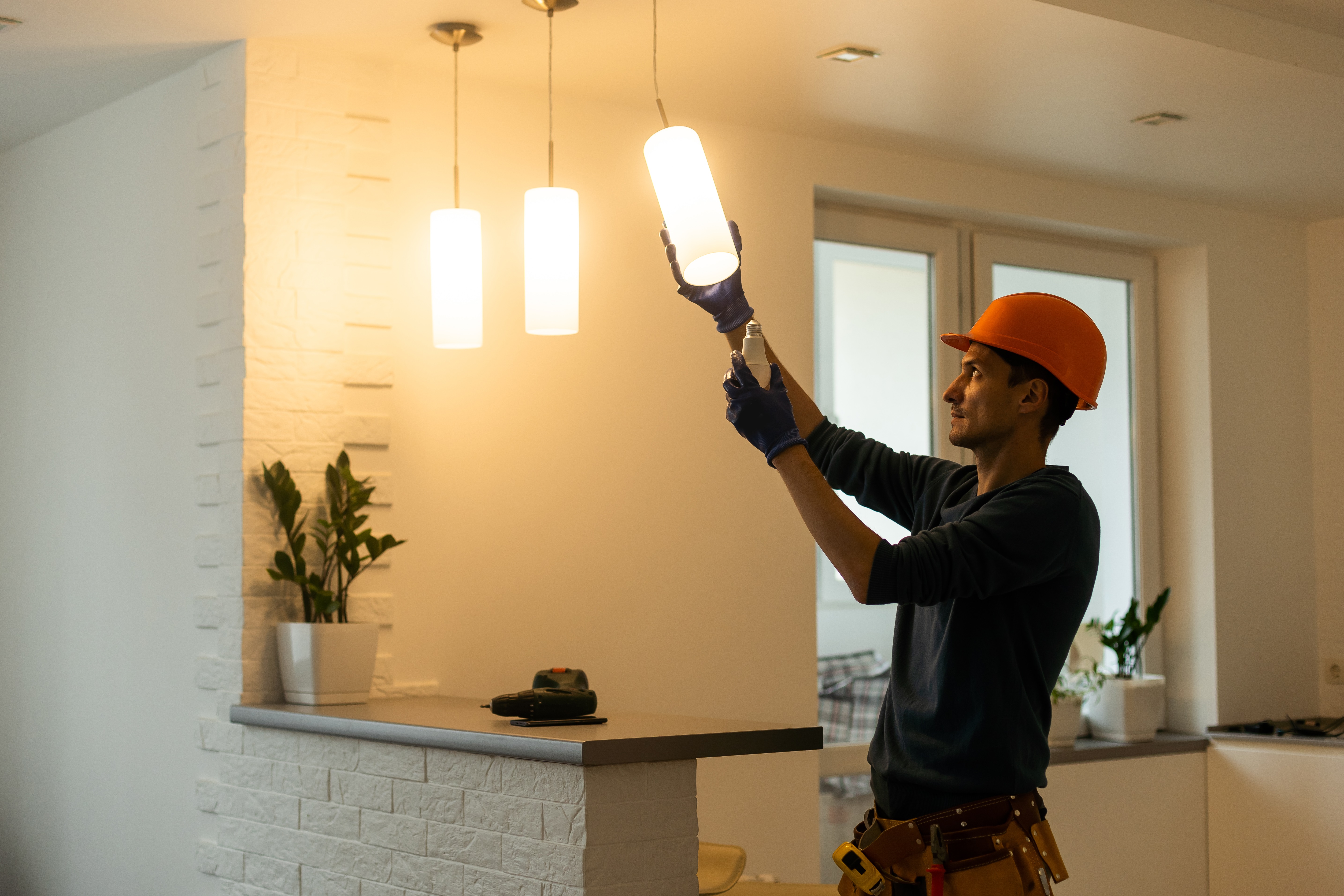Out with the old (lights), in with the new (lights)
As technology continues to progress, the lighting industry must stay on top of its game with the latest products and procedures. With the release of the newest luminaires standard, San Williams uncovers what’s changed for electricians and end users.
Around a decade ago, Australians took out all the old incandescent light bulbs in every house, opting for the more advanced fluorescent lamp. As with all technology, innovations are the latest and greatest until they aren’t anymore. Before long, the lighting industry experienced a surge in LED technology, leading to more lighting options for users, commercial and residential.
ADVERTISEMENT
Technology is moving ever faster and with luminaires constantly evolving, the AS/NZS 60598.1:2017 was due for another update. Standards Australia is releasing the AS 60598.1:2023 Luminaires, Part 1: General requirements and tests, adoption of the international standard in the same area, IEC 60598-1 Ed 9.0 (2020). This adapted Standard has gone through a public comment phase with the Australian public and is set to be released shortly.
“You had electromagnetic compatibility or incandescent technologies with just a yellow light. Now have LEDs that emit a ‘blue light’ component which can be harmful to your eyes. This is why there’s a need for the luminaires standard to be continuously evolving, so it can adapt to changes in technology,” Beacon Lighting head of engineering Binh Ma says.
Unlike incandescent lighting, which relies on the inefficiency of yellow-emitting heat, blue-light LEDs have been a standout technology in solid-state lighting and visible lighting applications. This kind of lighting is very effective due to its high light output power, low forward driving voltage, high brightness and high internal quantum efficiency (IQE) without the same heat output as its predecessor.
Having recently gone through the public comment phase, the latest Standard will see numerous changes made from its 2017 version to remain proper with today’s luminaire practices.
NSW Department of Customer Services electrical and gas approvals manager Glenn Toole says that some of the changes are due to the introduction of protective extra-low voltage (PELV) solutions.
“There’s also the consideration of the inclusion of Power over Ethernet (PoE) in sections 4.33, 5.2.15 and annex Y as the industry moves towards using Ethernet cables to power up lights, which I think is interesting,” Glenn explains.
Glenn also highlights further developments in PELV DC cable connection marking, seen in section 3.2.12, as well as additional labelling and information requirements for terminal blocks and light sources emitting UV and similar lighting.
“There is support across the board to move towards PELV. This still means electricians should check with their manufacturer or certifier, to ensure that they’re compliant with the Standard,” he says.
Beacon Lighting says the new Standard’s focus on safe and energy-efficient lighting means that the company will be investing in this area moving forward.
“I believe we’re moving towards increasingly safer lighting products because of types of circuits being introduced and that’s where a lot of changes in the Standard can be found,” Binh says.
Binh reminds us of updates made to AS 60598.1:2023, or any products, are to introduce new clauses to improve or cover a new area of electrical product safety introduced from new technology or amend existing clauses in the standard to tighten or relax the clause. This is to protect the end user, making the product safer and more reliable.
Additionally, he says industry marketing around the life expectancy of its products initially lacked clarity, recalling instances like LED lamps being initially marketed for a 50,000-hour life span. This shouldn’t be the case now.
“As an engineer, I can say the LED chip can last 50,000 hours but there are several variables that impact that number. That’s how they were selling LED lamps over incandescent lamps initially. Now, we’ve ironed out a lot of the terms which products are marketed under, so we’re seeing a maturation in the industry from that point of view,” he says.
Greater transparency of marketing and product life expectancy means that end users can have better product awareness, and, from the electrician’s purview, there are greater assurances in the product they’re specifying.
The updates made in AS 60598.1:2023 Luminaires, Part 1: General requirements and tests are relatively minor on the 2017 version but remain essential for Australian luminaires as the industry naturally continues to keep up with technology.
With standard changes seeming to be focused on energy saving and efficiency, we could assume OLED could be next to take the top spot in the industry somewhere down the line. But with plenty more technology around the corner, who’s to say where we’ll be in another 15 years?
-
ADVERTISEMENT
-
ADVERTISEMENT


